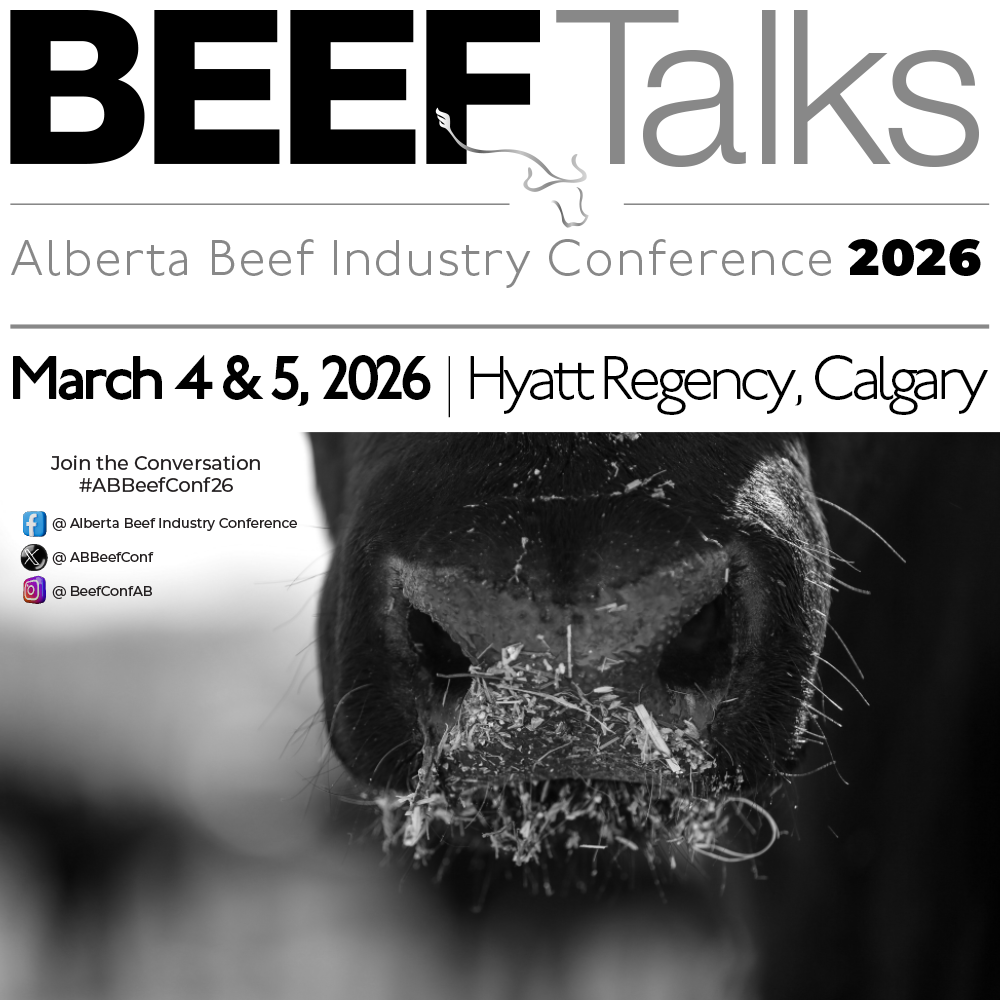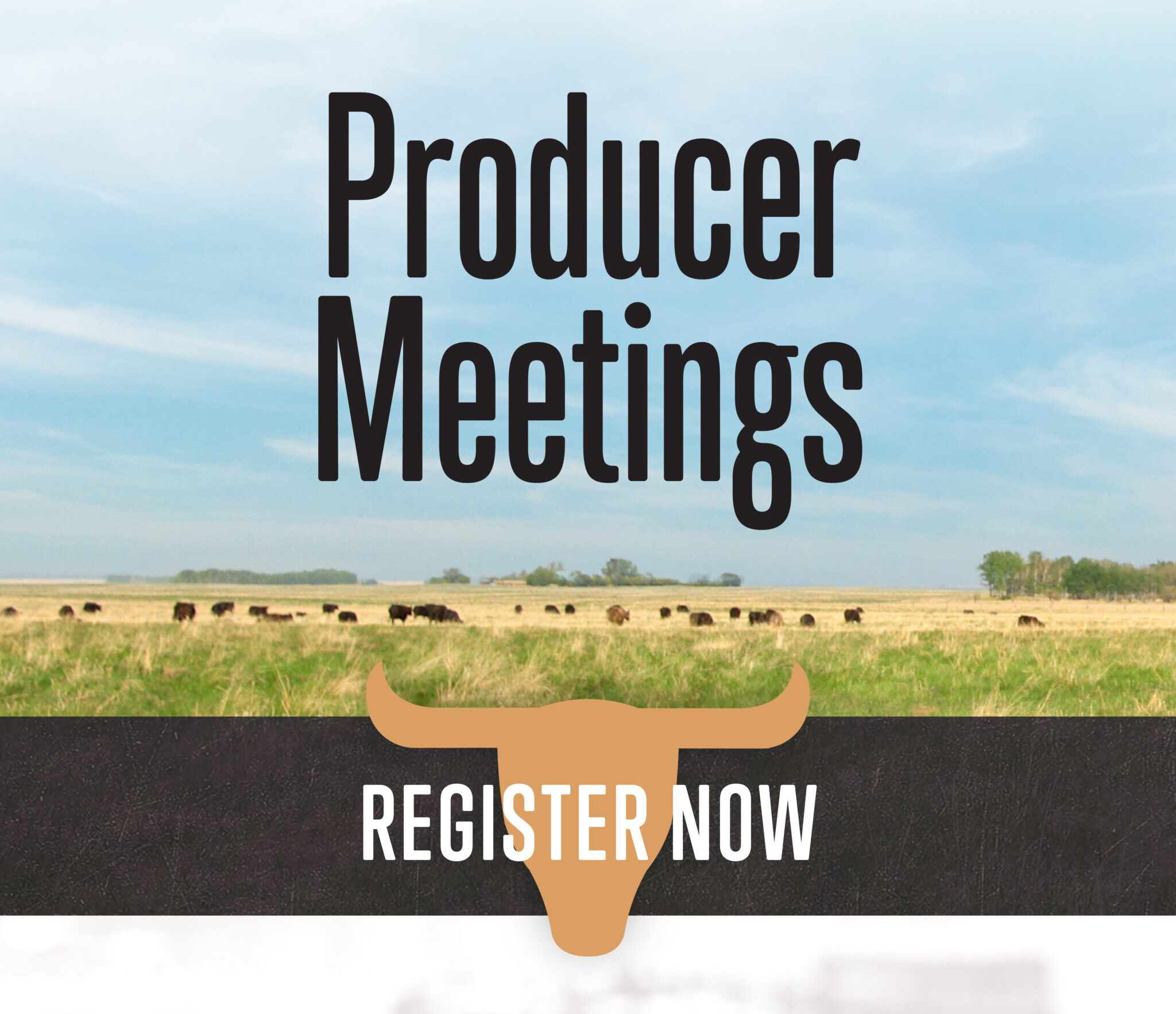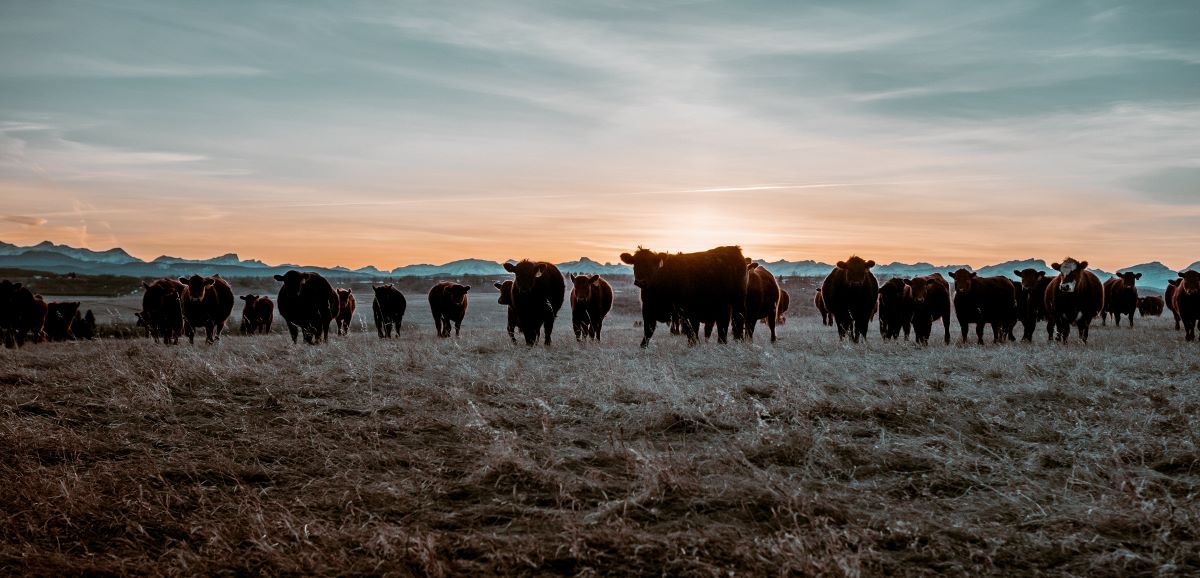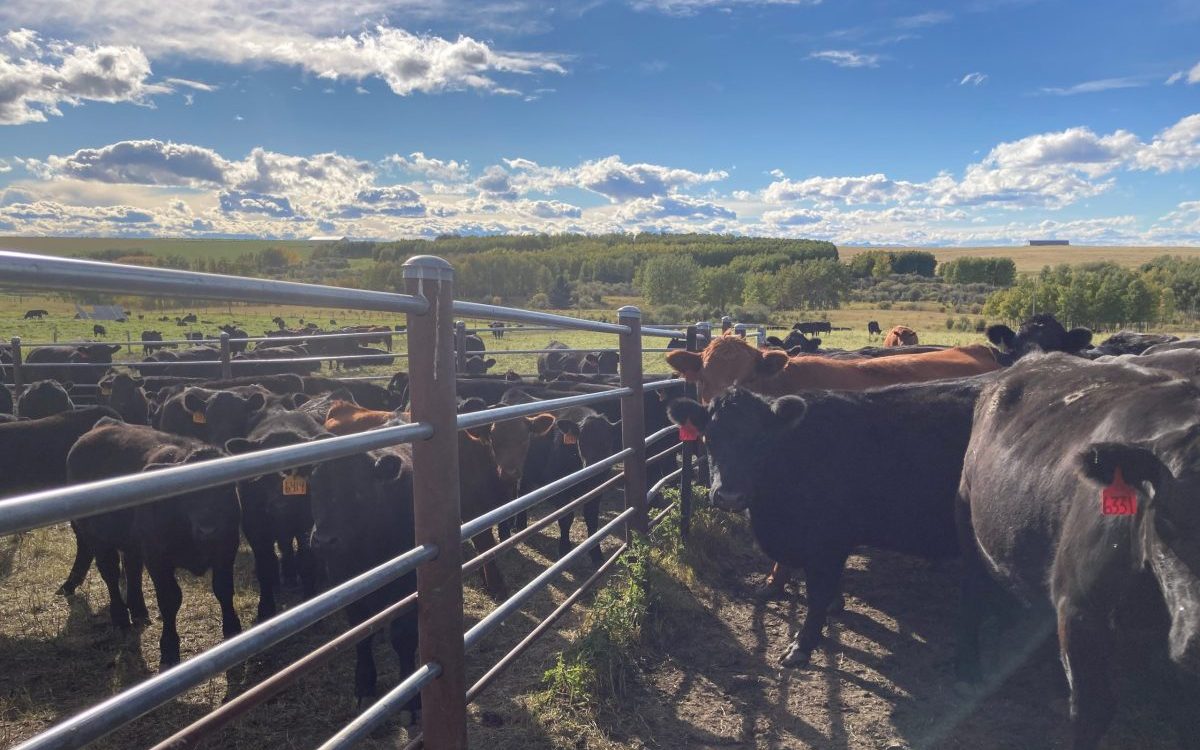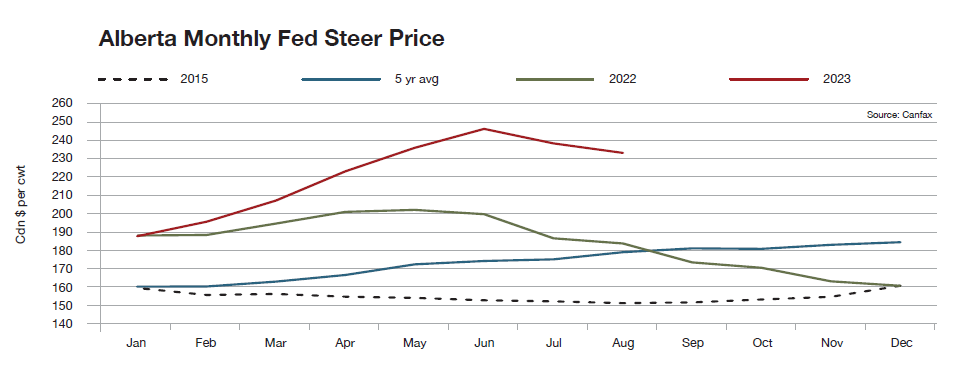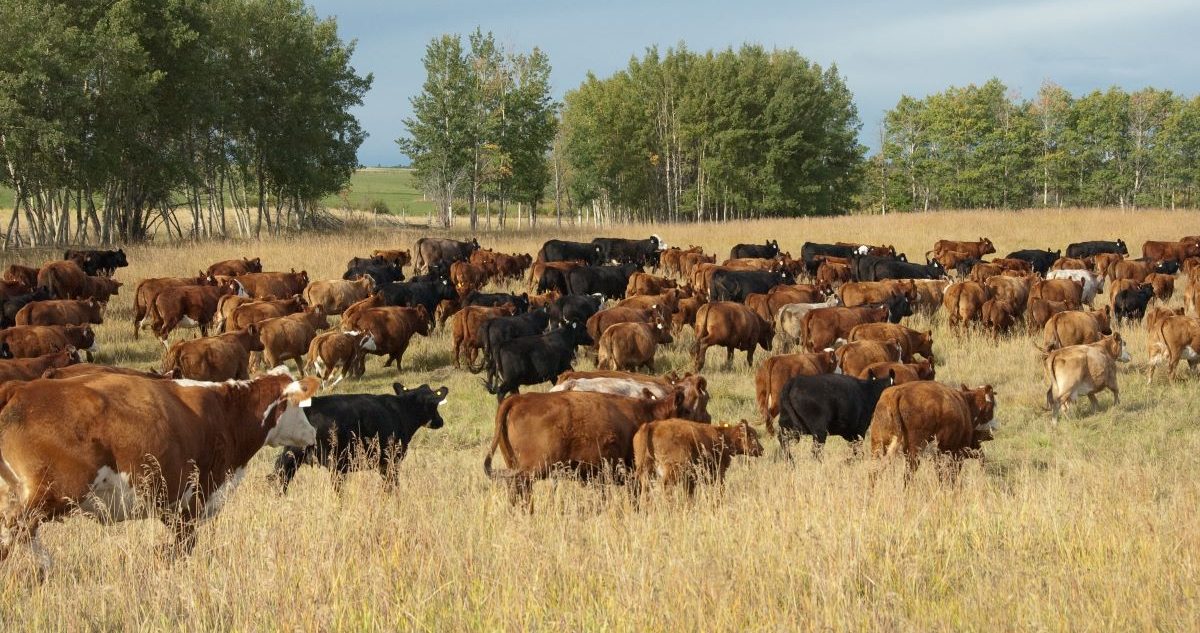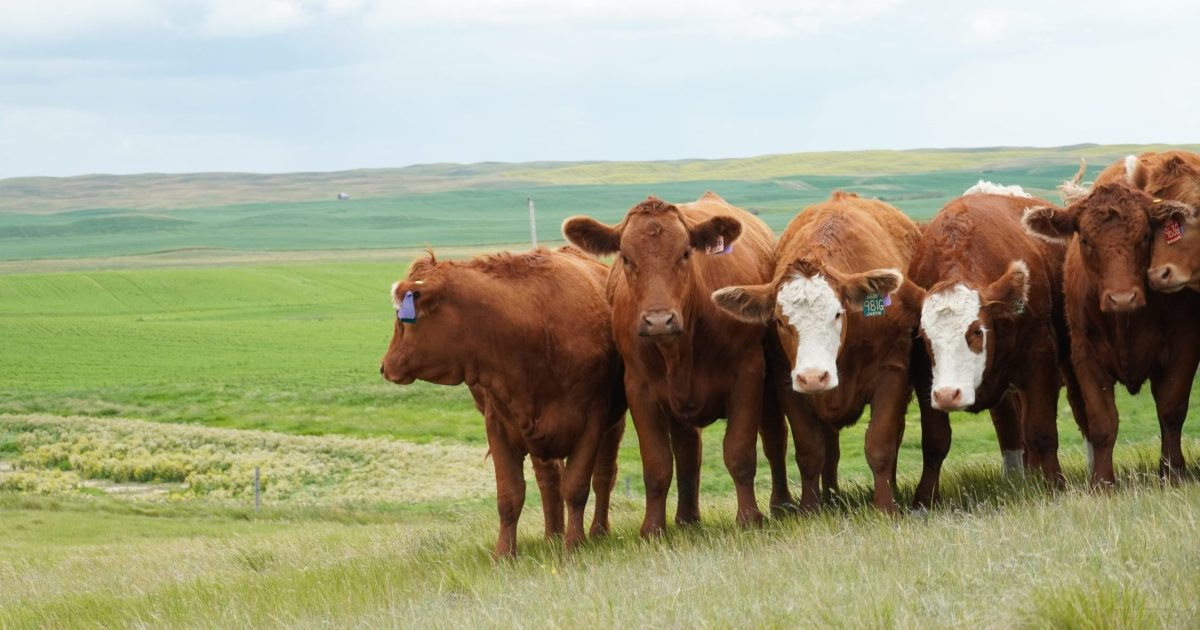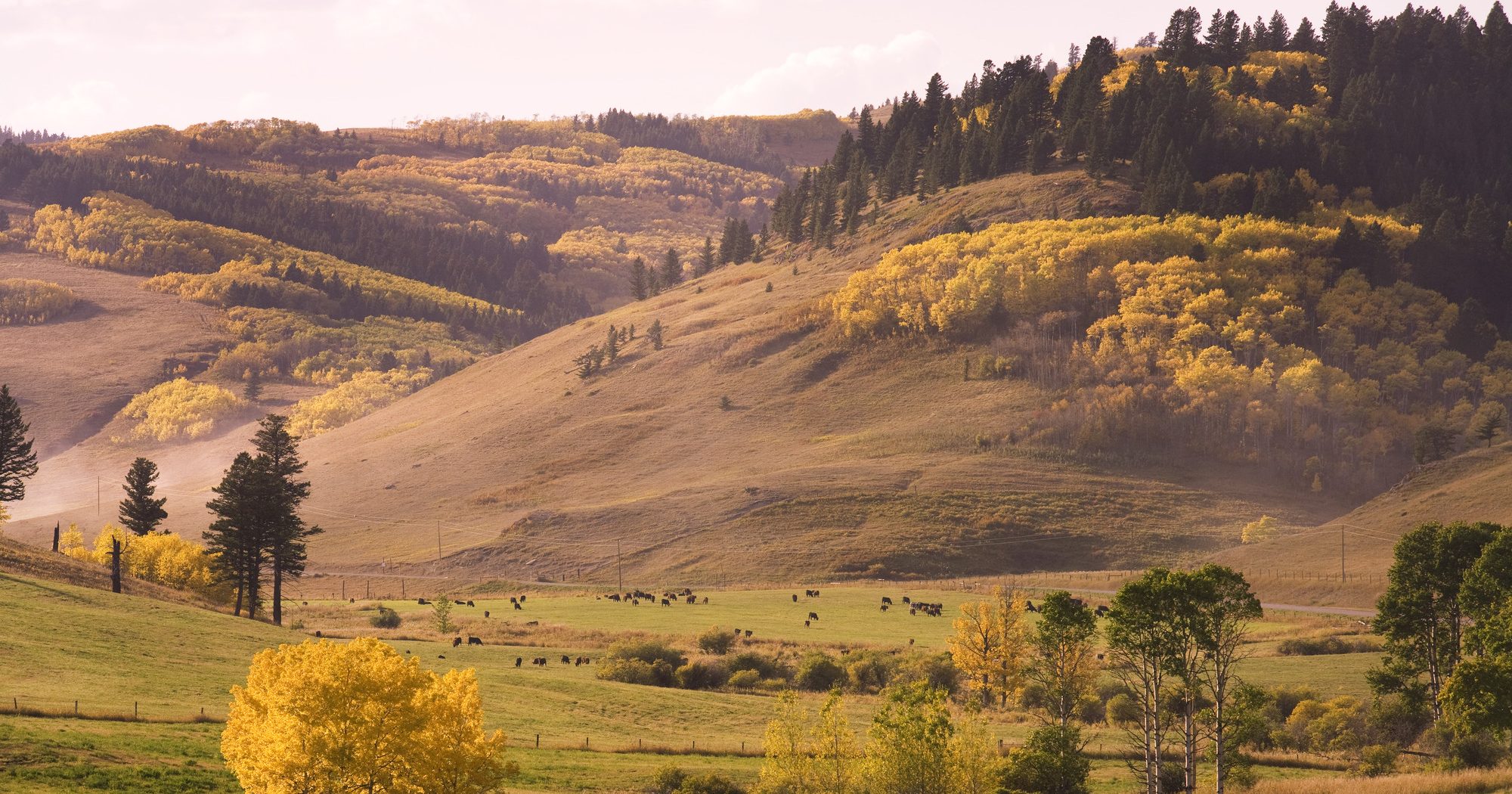AB Direct - Steers
Rail: 492.00-493.50 FOB feedlot (last week)
AB Direct - Heifers
Rail: 492.00-493.50 FOB feedlot (last week)
US Trade- Steers
Rail: 355.00-363.00 (IA, NE) last week
US Trade - Heifers
Rail: 355.00-363.00 (IA, NE) last week
Canadian Dollar
0.19
Canfax Weekly Article | Report for the week of October 9, 2023
The Canfax fed steer and heifer price closed the week around $232.75/cwt, $0.50/cwt higher than the previous week. Fed cattle prices are $52/cwt higher than last year. Competition on the cash market was decent, with all three Western Canadian packers buying cattle. Last week, dressed sales were reported from $387.75‑389.50/cwt FOB the lot. Cattle that…
Taking the stress out of weaning? A look into UCVM research
Weaning can be a stressful time on cattle operations, as calves are separated from mother cows. It’s a natural process, but ranch realities require it be herd coordinated and sped up from what would occur in nature. While much of the animal welfare research related to weaning has focused on calf stress and its implications…
‘Situation is not ideal’
By Alex McCuaig, Western Producer A generational hydrological drought is occurring in rivers in southern Alberta, resulting in water levels rivaling the lowest seen in 50 years, the activation of a county’s emergency operations and a warning from the province. “While it appears we will be able to complete the 2023 irrigation season without significant…
Canfax Cattle Market Update | Fed market taking a breath, first half feedlot placements lower
Alberta fed steer prices climbed week over week for almost the entire first half of 2023, with only two of 26 weeks where prices slipped from the previous week. New all-time high prices near $248/cwt (live) were established in June. However, since the beginning of July and through the entire month of August, fed steer…
Canfax Weekly Article | Report for the week of October 2, 2023
Light Alberta cash trade saw dressed prices fully steady with the previous week at $390/cwt delivered. Weighted average steer prices closed the week fully steady at $232.80/cwt. Following previous large heifer marketings, heifer trade was limited last week, and a price trend was not established. All major packers procured cattle, and delivery dates varied from…
Highlights from the chair
It’s been a whirlwind of a growing season, and it’s hard to believe we’re nearing autumn already. Our spring was mired by unprecedented wildfires, and despite our greatest hopes for precipitation, many of us are managing our way through yet another drought. Yet there is optimism – we are seeing historic demand and prices for…
The link between toe tip necrosis in cattle and flooring
By Murray Jelinski, Canadian Cattleman Toe tip necrosis syndrome is a hind-limb lameness of feedlot cattle that develops days to weeks after arrival at the feedlot. This disease is also known by many other names: toe abscess, toe ulcer, P3 necrosis, toe necrosis, apical white line disease, apicus necrotica, and the list goes on. The disease…
Out and About with Alberta Beef Producers | Fall run begins with optimism
As the leaves begin to change and the weather starts to shift, producers remain optimistic as prices stay at record-breaking highs. With that said, there has been a rising concern on the duration of the shockingly high prices, and what it means for our industry here at home. Having some similar concerns regarding my own…
The Bovine: The pillars of succession planning with Annessa Good
Welcome to another edition of The Bovine! On this episode, you’ll hear from Annessa Good, business advisor with Farm Credit Canada (FCC), on the five pillars needed for a successful transition plan, as well as tips on how to begin this process and ensure it’s a positive one for your family and business. This episode…
Canfax Weekly Article | Report for the week of September 25, 2023
The Canfax fed steer price closed the week at around $231.75/cwt, $0.50/cwt lower than the previous week. Alberta fed prices have averaged in the low $230s/cwt for the past six weeks. Competition on the cash market was decent with all three Western Canadian packers buying cattle. Last week, dressed sales were reported from $387‑388.50/cwt FOB…
ABP Magazine – Volume 3 Issue 3
In the months following publication, most of the articles in the magazine find a second home on ABP Daily. And so should the cover, and some of the many faces that make this magazine possible. ABP Magazine, ABP Magazine Covers, ABP Volume 3 Issue 3 Published by Brad Dubeau,Alberta Beef Producers EditorLindsay Roberts CreativeTracy Irving…
Providing direction at upcoming Engagement Sessions
Alberta cattle producers are invited to share their thoughts on the direction of Alberta Beef Producers at the following five Engagement Sessions: Engagement Session Location Date Location Alberta Livestock Expo Agri-food Hub and Trade Centre(Salon C)Cocktails: 6:00 p.m. Dinner: 7:00 p.m.Ticketed – Registration Required (Free) Oct. 11, 2023 Lethbridge, AB Canadian Finals RodeoWesterner Park (Frontier…

